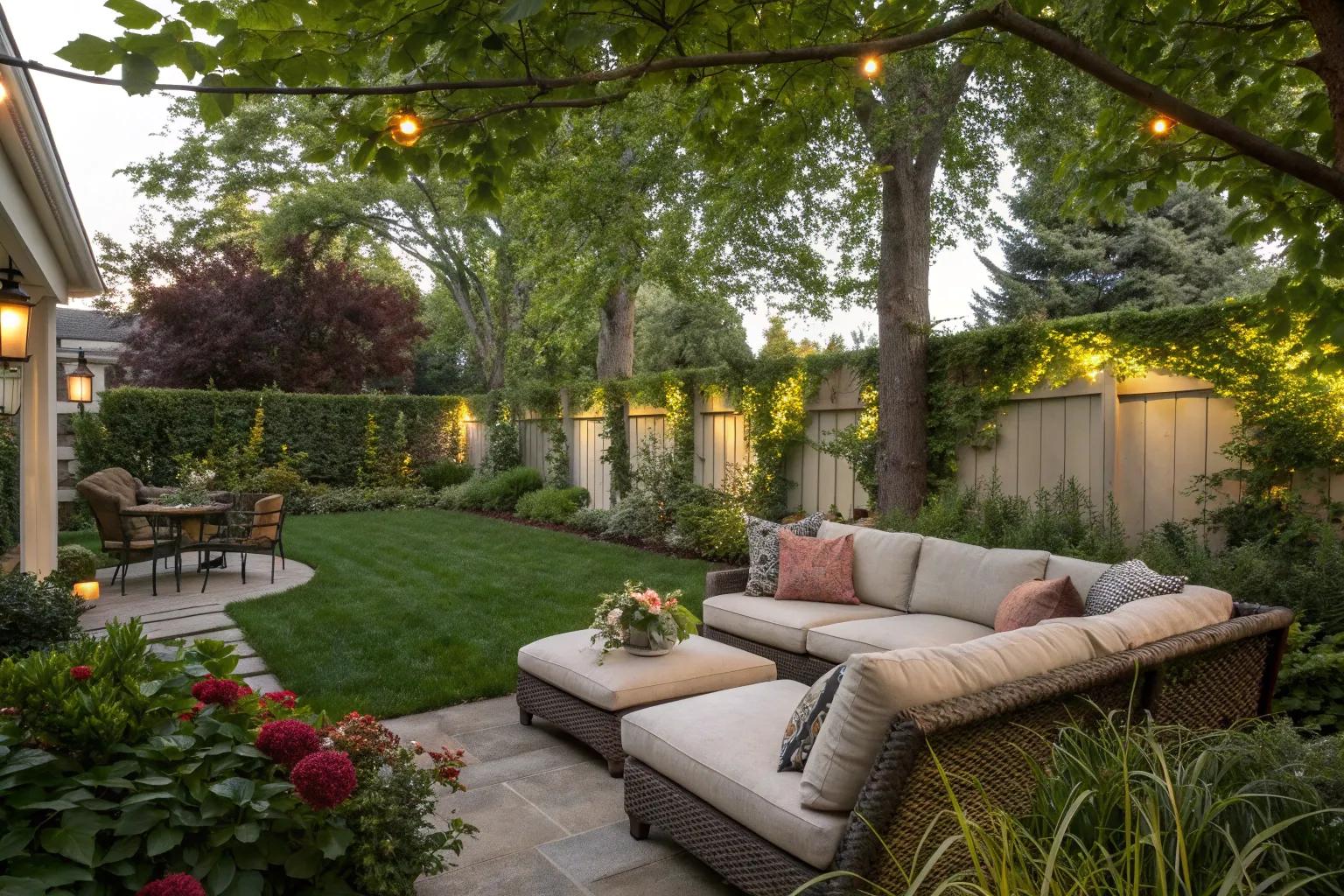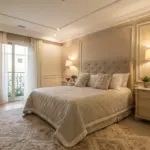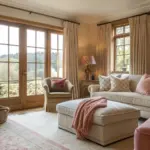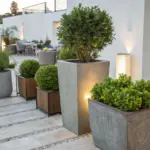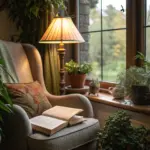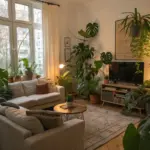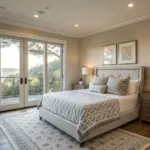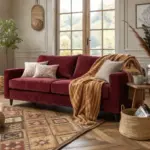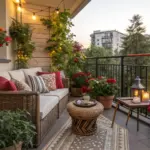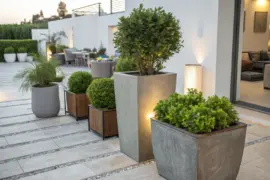Most yards hold the potential to become places of calm. With intentional design and practical planning, even small outdoor spaces can be transformed into personal sanctuaries.
Why Outdoor Retreats Matter
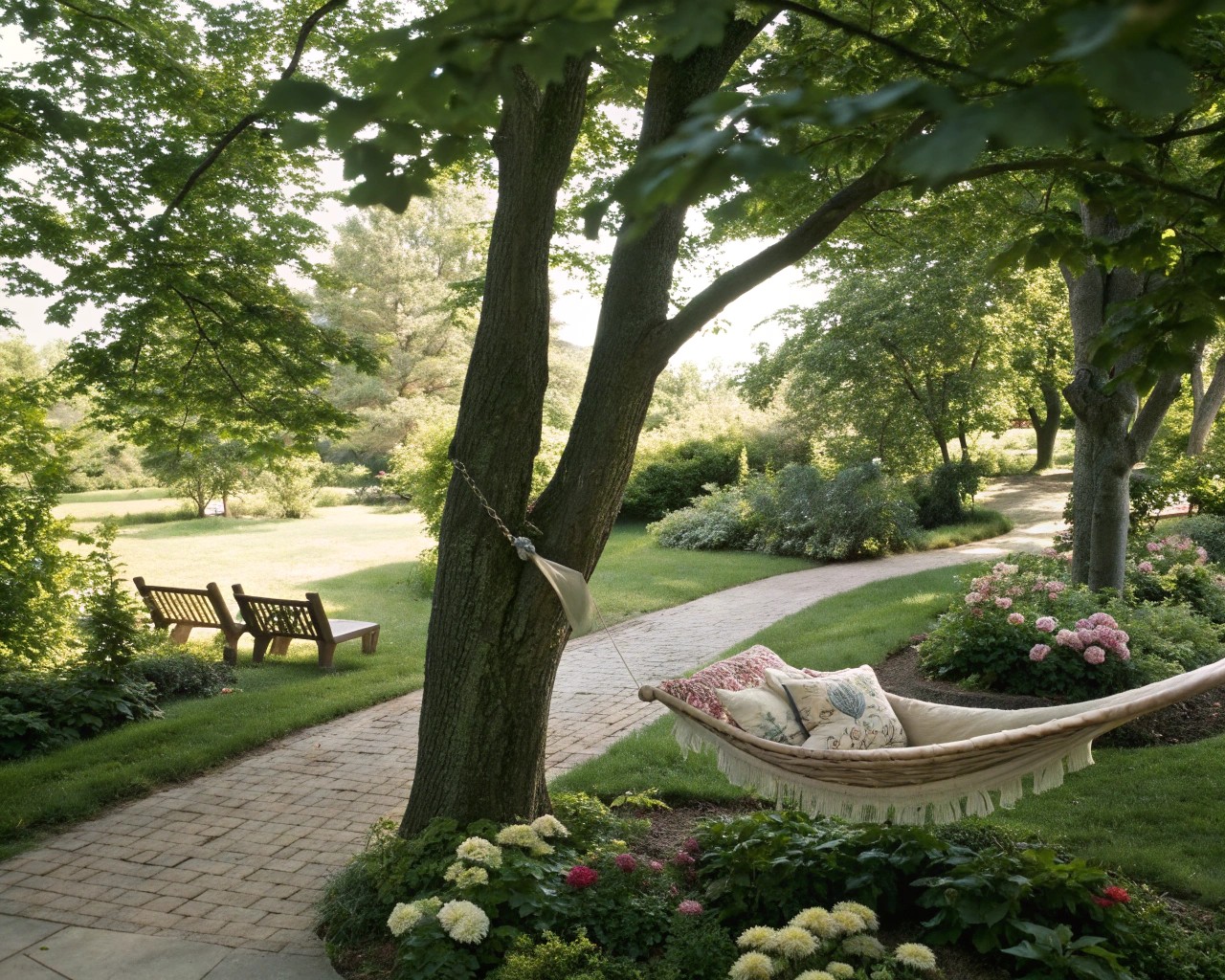
Spending time outdoors is more than a luxury—exposure to green spaces reduces stress, supports mental restoration, and enhances well-being. Designing for sanctuary invites nature’s healing effect into daily life.
Design Principles: Laying the Foundation

Before considering plants or furnishings, evaluate your site. Light direction, existing trees, wind exposure, drainage, and soil structure are foundational. I always begin a project by studying how sunlight moves and how water drains. Good site observation identifies microclimates (shady corners, sunbaked patios, wind pockets).
Key Principles:
- Layered Enclosure: Define boundaries using fencing, hedges, or vertical plantings to create a sense of refuge.
- Prospect and Refuge: Offer both open views (“prospect”) and secluded nooks (“refuge”) for psychological comfort.
- Pathways: Meandering routes encourage wandering and slow movement, promoting a mindful atmosphere.
- Edges and Thresholds: Use gates, arches, or changes in ground material as subtle signals that mark entry into a special zone.
Designing Zones: Function Meets Feeling
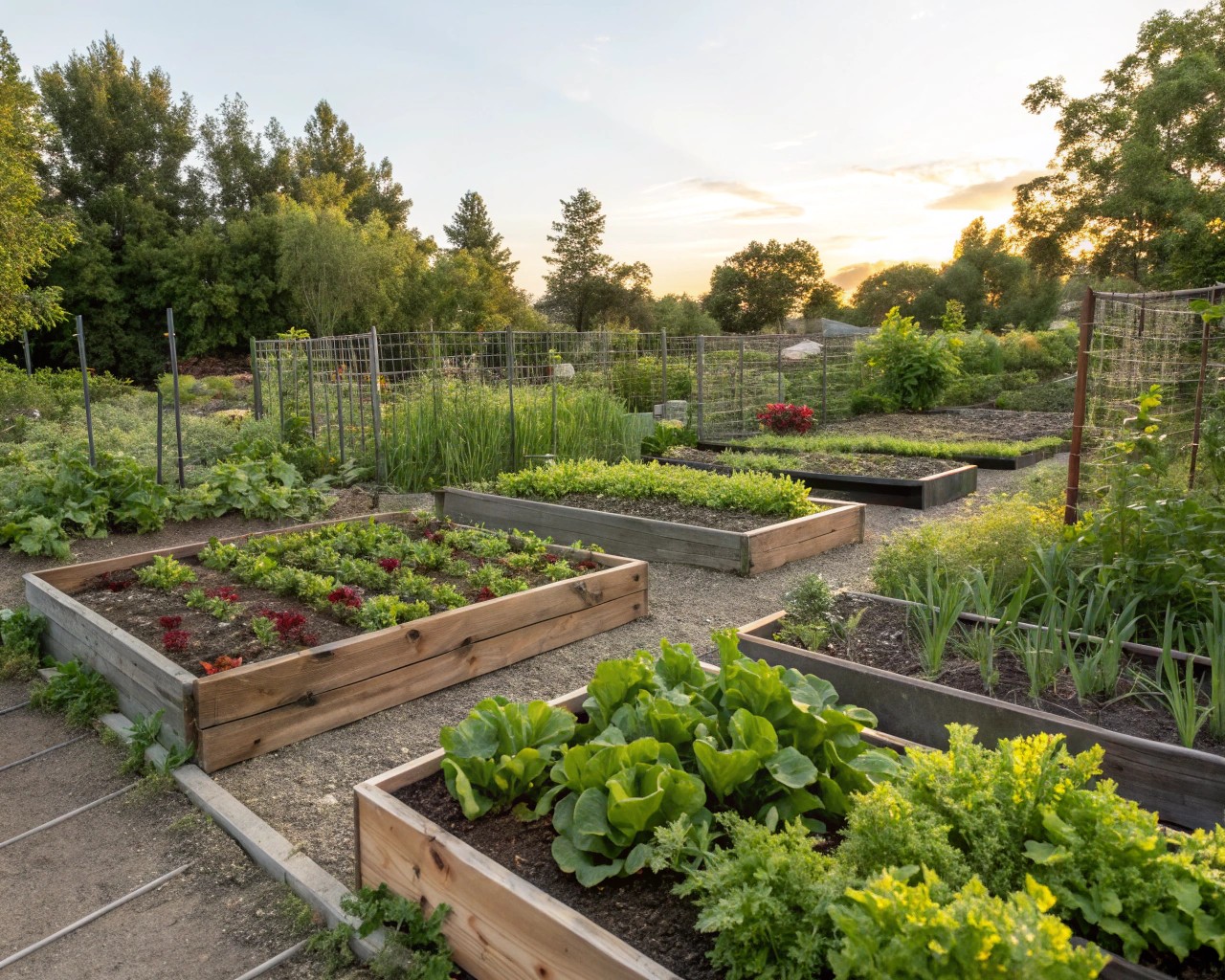
A sanctuary is more than just pretty planting. Harmonize activity with atmosphere. As a landscape planner, I structure spaces for retreat through purposefully arranged zones:
| Zone Type | Typical Features | Example Activity |
|---|---|---|
| Meditation Nook | Bench, shade, tall grasses | Morning reflection |
| Entertaining Area | Table, low seating, lighting | Al fresco dinners |
| Wildlife Corner | Native shrubs, water feature | Bird watching |
| Productive Patch | Raised veggie/herb beds | Mindful gardening |
Sample Small-Space Layout
For compact yards (under 600 sq ft), combine zones through careful orientation:
- Place a small bistro table in the sunniest spot for quiet coffee breaks.
- Run a pathway of flagstones past a raised herb bed, terminating in a shaded bench.
- Tuck a birdbath near dense shrubs to attract pollinators and songbirds.
Planting for Serenity

Select plants with structure and sensory appeal. Botanical diversity creates rhythm and resilience. For sanctuary planting, I look for these qualities:
- Seasonal layering: Mix evergreens with deciduous shrubs, perennials, and bulbs for year-round interest.
- Texture and form: Ornamental grasses, ferns, and broadleaf evergreens provide textural contrast.
- Color harmonies: Favor calm palettes—blues, silvery greens, pale yellows—punctuated by bolder seasonal blooms.
Sample Planting Bed (Zone 5–7, partial sun, 4 ft x 8 ft)
| Type | Plant Example (Height) | Placement |
|---|---|---|
| Structural anchor | Boxwood (Buxus), 2–3’ | Background corners |
| Texture/softness | Tussock grass (Deschampsia), 2’ | Middle border |
| Season extension | Hellebore (Helleborus), 1’ | Front/part shade |
| Pollinator support | Coneflower (Echinacea), 3’ | Center/sunny side |
| Scent/flavor | Lavender (Lavandula), 1–2’ | Path edge |
Tip: Amend soil with compost before planting. Water deeply, not frequently, to encourage deep roots.
Furnishing and Finishing Touches

Select furnishings that are durable and comfortable—nothing disrupts sanctuary like a wobbly chair or dazzling glare. I recommend:
- Natural materials: Teak, cedar, or powder-coated steel withstand exposure and age gracefully.
- Shade solutions: Pergolas, shade sails, or strategically placed arches provide comfort and protect plants.
- Soft lighting: Low-voltage LED uplights and solar lanterns enhance evening ambience without straining wildlife.
- Water features: Fountains or recirculating basins offer sound, movement, and habitat.
Simple Sanctuary Checklist
- Define boundaries and entry points.
- Offer both open and private spaces.
- Layer plants by height and season.
- Include sensory and wildlife-friendly elements.
- Furnish for comfort and longevity.
- Provide gentle night lighting.
- Maintain clear, walkable paths.
Adaptable Steps: Sanctuary in Any Size
Whether designing a compact urban patio or half-acre backyard, the process remains similar. Start with observation, plan for zones, and build up comfort through plant choice and furnishing.
For example, a balcony can become a retreat with deep planters of rosemary and grasses, a foldable chair, and string lights. Suburban lots benefit from strategic privacy screens and a mix of native perennials and ornamental shrubs. Even large lawns can host sinuous paths and island beds to draw you away from the noise of daily life.

